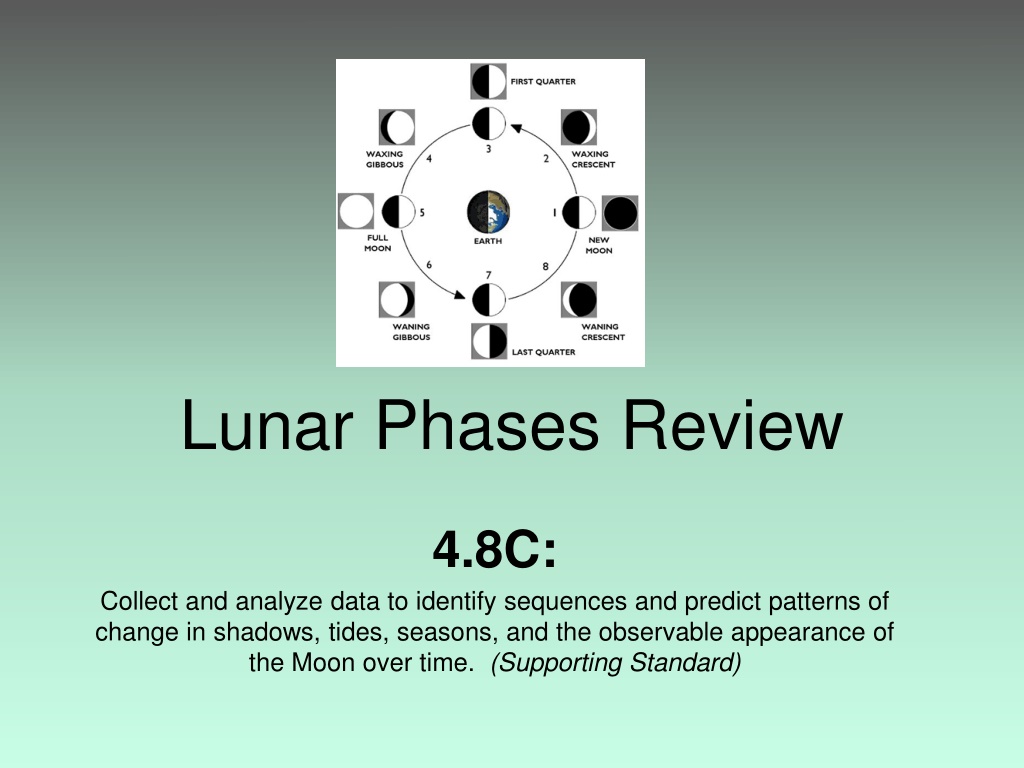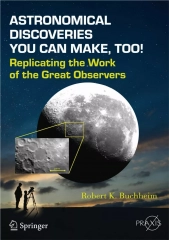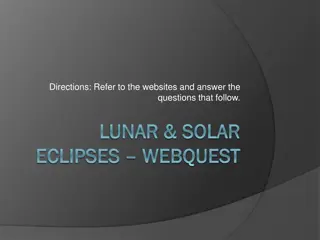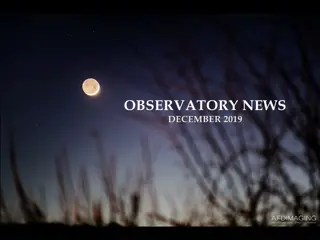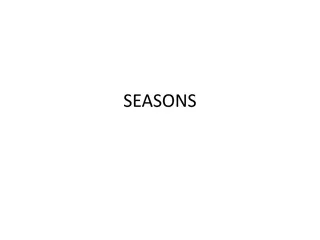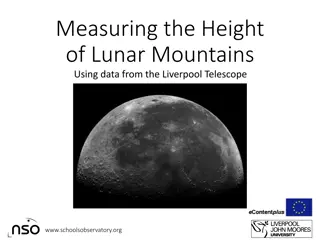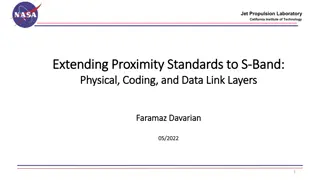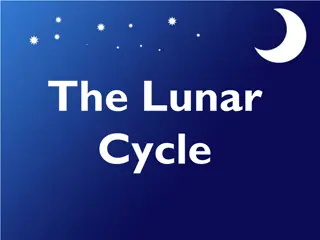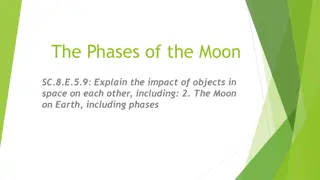Explore Lunar Phases and Patterns in Astronomical Observations
Dive into the study of lunar phases, shadows, tides, seasons, and the moon's observable appearance over time. Test your knowledge with questions about moon phases, identify the sequence of moon phases, understand the causes behind moon phases, and determine the correct order of moon phases. Enhance your understanding through data collection, analysis, and predicting patterns in astronomical phenomena.
Download Presentation

Please find below an Image/Link to download the presentation.
The content on the website is provided AS IS for your information and personal use only. It may not be sold, licensed, or shared on other websites without obtaining consent from the author. Download presentation by click this link. If you encounter any issues during the download, it is possible that the publisher has removed the file from their server.
E N D
Presentation Transcript
Lunar Phases Review 4.8C: Collect and analyze data to identify sequences and predict patterns of change in shadows, tides, seasons, and the observable appearance of the Moon over time. (Supporting Standard)
2011STAAR Released Test Questions, #8 1. A student observed the apparent shape of the moon every night for a period of 60 days. On Day 10 the student observed a full moon. On which other day did the student most likely observe a full moon? A B C D Day 20 Day 30 Day 40 Day 50
2011STAAR Released Test Questions, #8 1. A student observed the apparent shape of the moon every night for a period of 60 days. On Day 10 the student observed a full moon. On which other day did the student most likely observe a full moon? A B C D Day 20 Day 30 Day 40 Day 50 **Because a full lunar cycle takes about 30 days so 10 + 30 = 40
2. Which phase of the moon would have been seen most recently BEFORE the phase shown in the picture below? Waxing Gibbous A C Full Moon New Moon B D Third Quarter First Quarter
2. Which phase of the moon would have been seen most recently BEFORE the phase shown in the picture below? Waxing Gibbous A C Full Moon New Moon B D Third Quarter First Quarter
3. What causes the phases of the moon? The Earth orbiting the moon The sun reflecting the moon The moon rotating on its axis The moon orbiting the Earth A B C D
3. What causes the phases of the moon? The Earth orbiting the moon The sun reflecting the moon The moon rotating on its axis The moon orbiting the Earth A B C D
4. Which is the correct order of the moon phases? 1, 2, 3, 4 2, 3, 4, 1 3, 2, 1, 4 4, 3, 2, 1 A B C D
4. Which is the correct order of the moon phases? 1, 2, 3, 4 2, 3, 4, 1 3, 2, 1, 4 4, 3, 2, 1 A B C D
? Full Moon Waning Gibbous 5. What phase of the moon will come next? A C Waxing Crescent Third Quarter B D Waxing Gibbous New Moon
? Full Moon Waning Gibbous 5. What phase of the moon will come next? A C Waxing Crescent Third Quarter B D Waxing Gibbous New Moon
6. Why do we see phases of the moon? A The Earth s shadow on the moon changes over the month. The distance to the moon changes slightly as it revolves around the Earth. The part of the moon s sunlit side that we can see from Earth changes. Sometimes no part of the moon reflects light from the sun. B C D
6. Why do we see phases of the moon? A The Earth s shadow on the moon changes over the month. The distance to the moon changes slightly as it revolves around the Earth. The part of the moon s sunlit side that we can see from Earth changes. Sometimes no part of the moon reflects light from the sun. B C D
